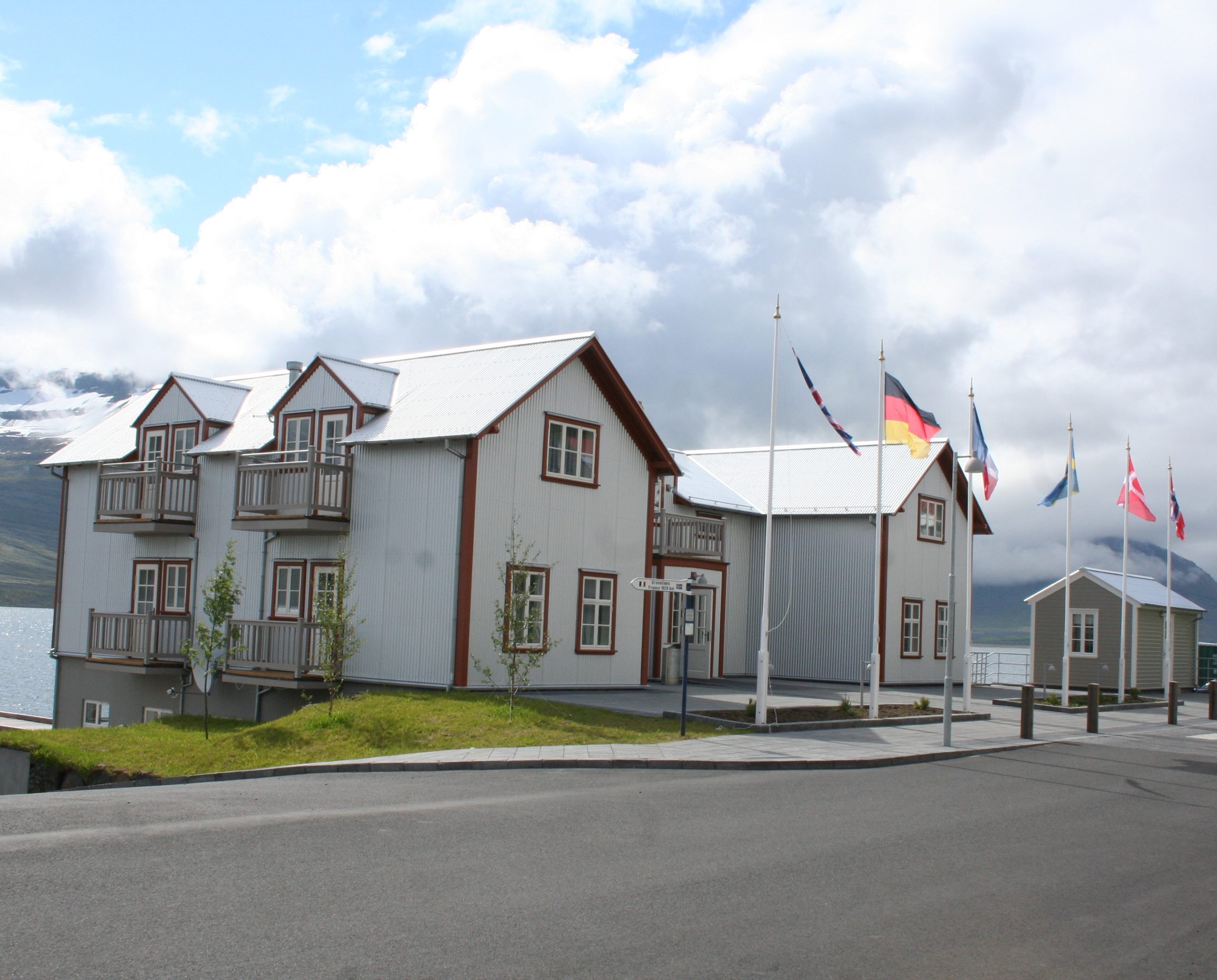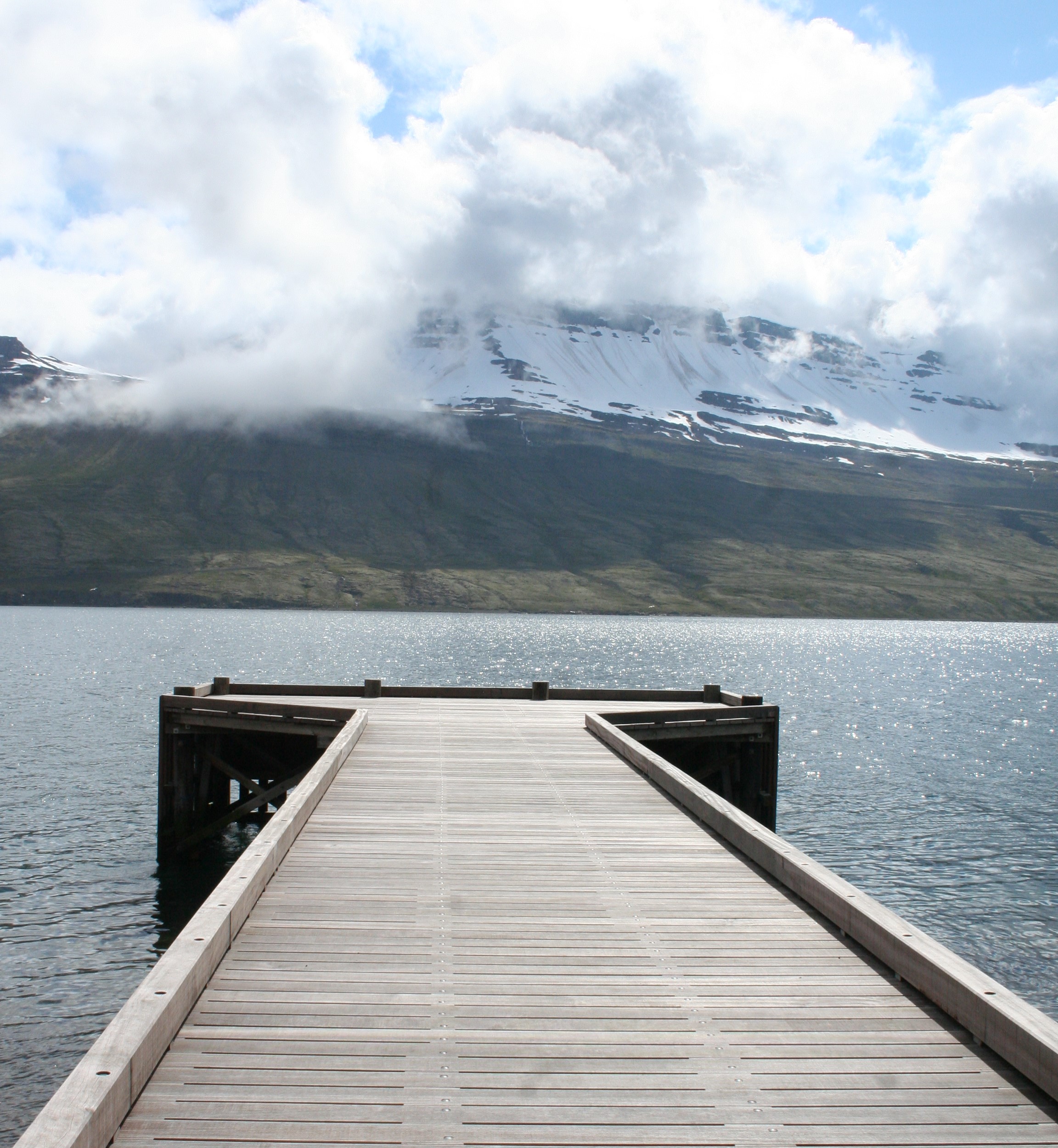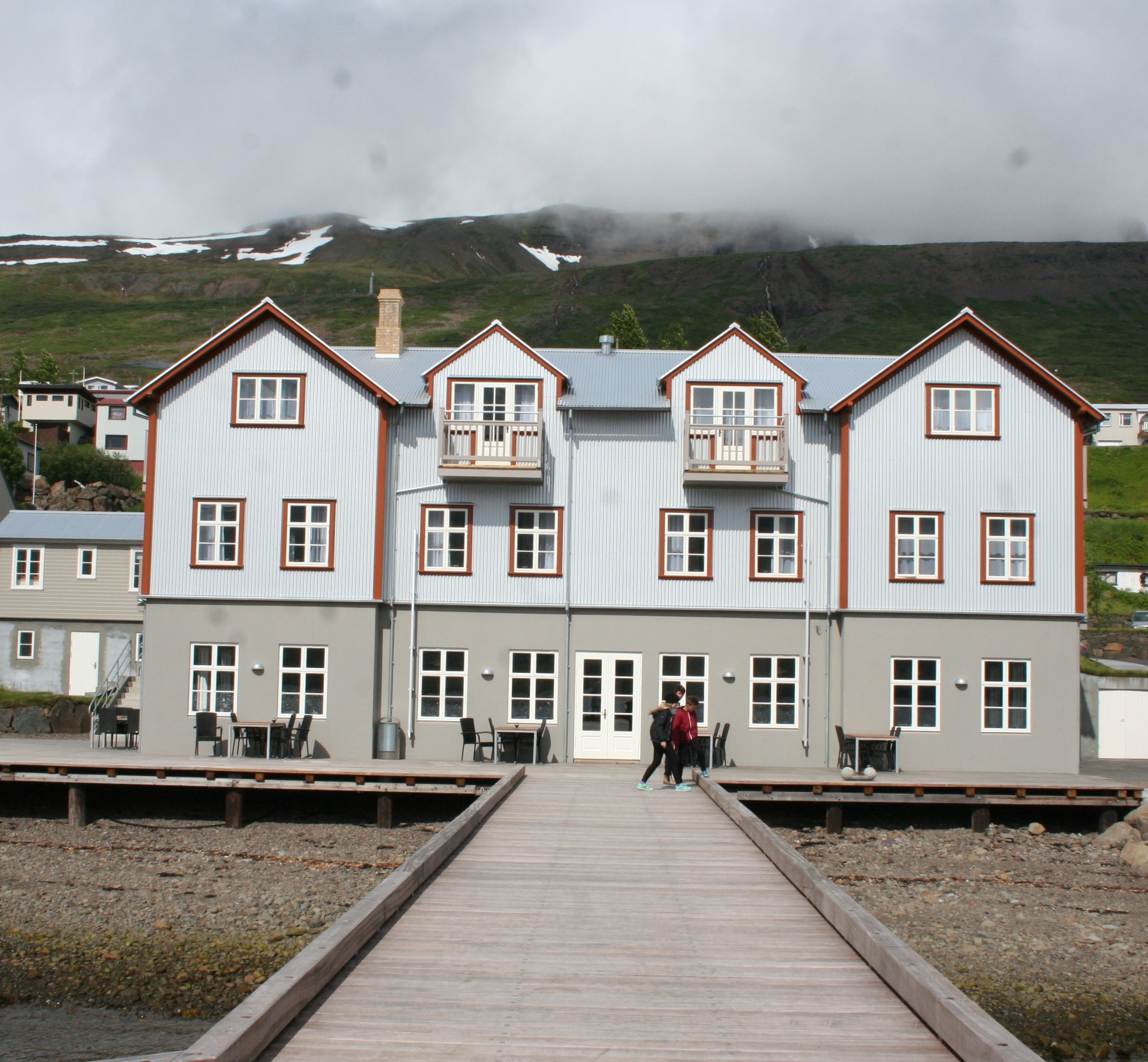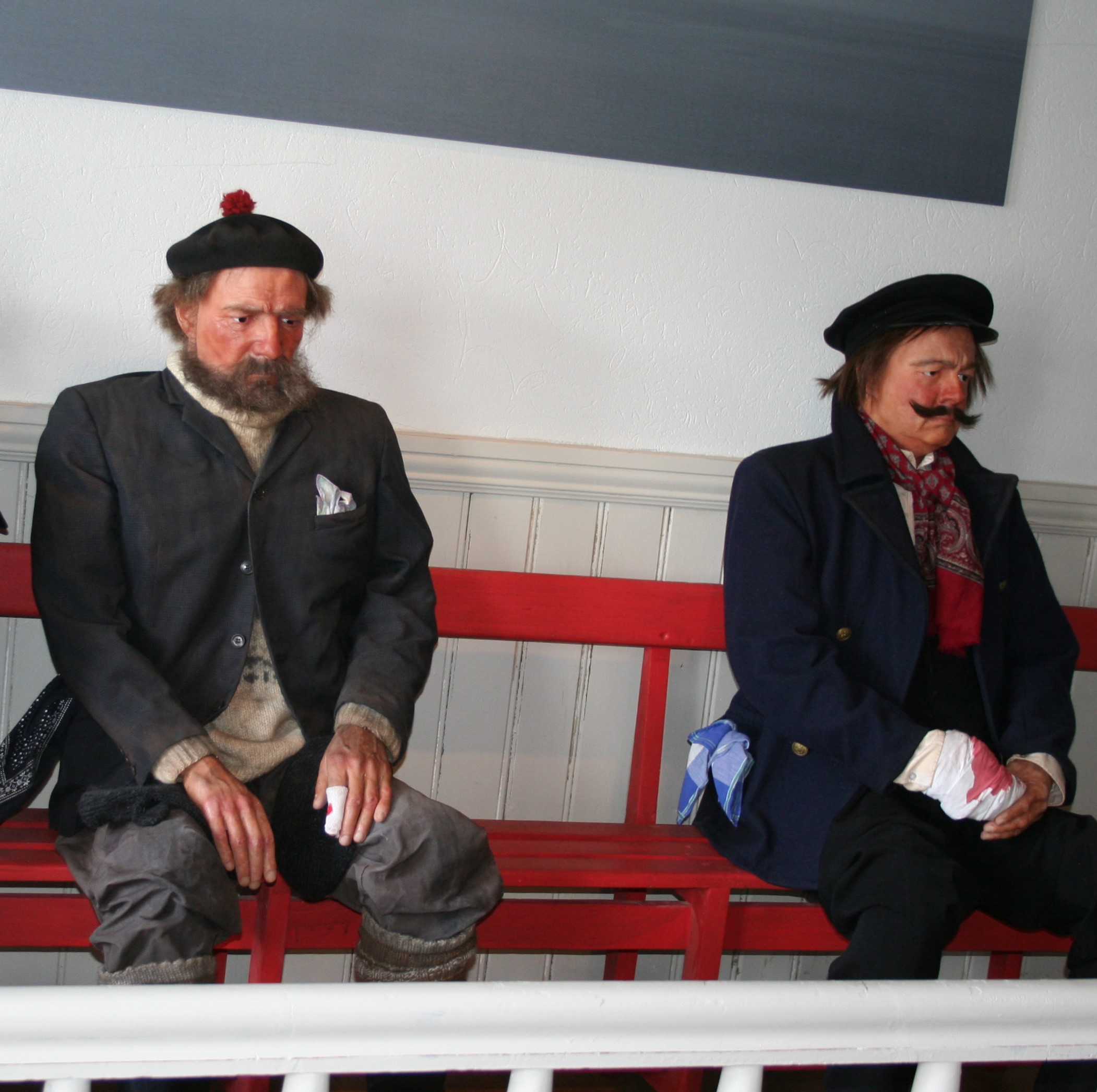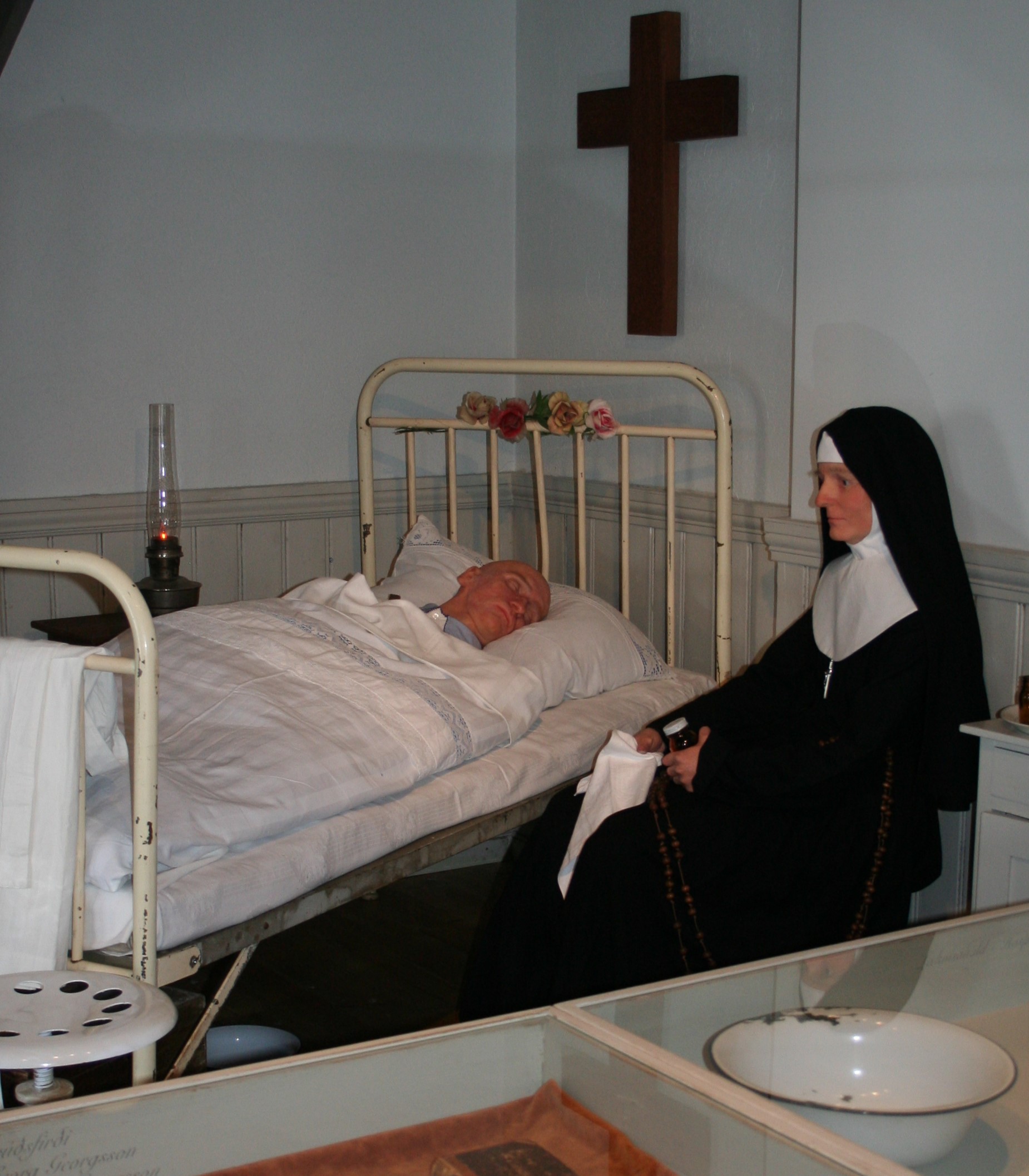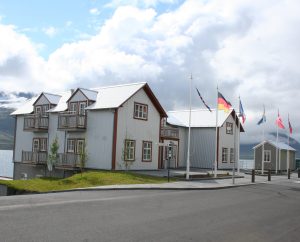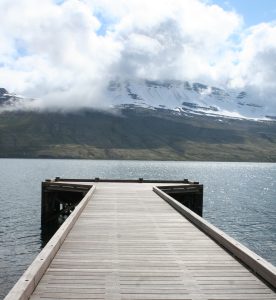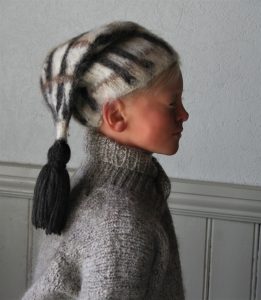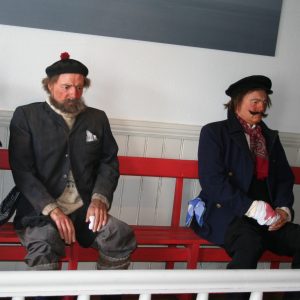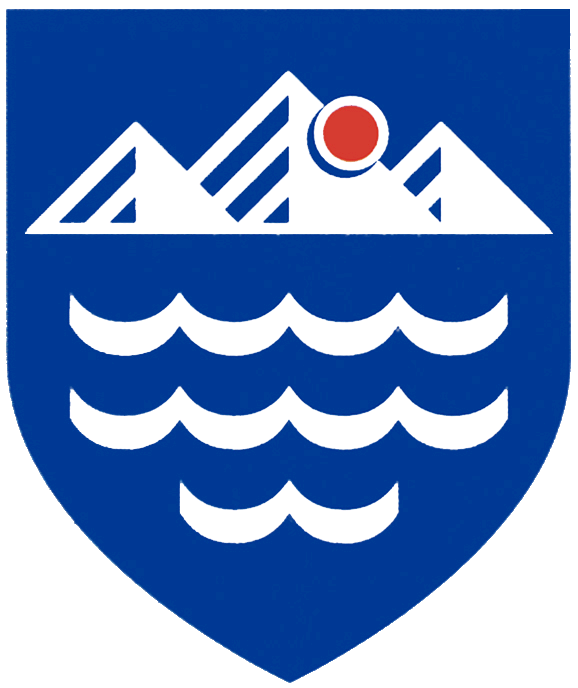The French Museum
The avant-garde exhibition in The French Museum in Fáskrúðsfjörður is the newest of Fjarðabyggð’s museums and collections. This museum is located in two stately buildings, the Doctor’s House and the French Hospital as they are called, built by the French fishermen around 1900. However, the main attraction of the exhibition is situated in a tunnel that connects the two buildings.
In the museum, the interesting history and legacy of the French sailors in Iceland is shown by means of the latest multimedia technology. The French sailors maintained a station at Fáskrúðsfjörður from the mid-19th century till the First World War, with the number of French sailing ships off Iceland peaking at between 200 and 300. However, the history of French cod fishing off Iceland goes back to the 17th century.
During this long history, many ships never made it back to their home country. It is estimated that up to 400 of them were lost around Iceland, along with 4,000-5,000 seamen. Down by the French graveyard, a monument has been erected in honour of these heroes. Their fishing operations were highly important for villages on the northern French coast; for example, in Dunkerque in the 1860s, approximately 6,000 people were employed in relation to fishing off Iceland. These operations were also significant for other villages, such as Paimpol and Gravelines.
The main activity of the houses now belongs to Fosshotel Easfjords.
Ten ideas for a recreation in the Eastfjords:
- Visit East Iceland Maritime Museum and Randolff’s Sea House in Eskifjörður, to get an insight into the history of seafaring and fishing in the area.
- Check out the diverse exhibitions at the Museum House in Neskaupstaður.
- The region is famous for colourful minerals; ‘Petra’s Stone Collection in Stöðvarfjörður has a fantastic variety of minerals on display.
- You will then get more information about the geology of the area by visiting Breiðdalssetur in Breidalsvík.
- Learn about the fascinating history of Hans Jonatan, ‘ Iceland’s first black settler in Djúpivogur, who escaped from slavery and became a valued member of the community in Djúpivogur.
- Observe the outdoor artwork „Eggin í Gleðivík“ in Djúpivogur by Sigurður Guðmundsson, symbolizing the eggs of all the 34 different bird species that nests in the region.
- Mjóifjörður is very beautiful and it’s recommended to drive all the way east to Dalatangi where there are two lighthouses.
- Go on a tour searching for herds of wild reindeer and learn more about these resilient creatures at the East Iceland Heritage Museum in Egilsstadir.
- Taste authentic Icelandic skyr made at Fjóshornið, the cowshed café at the Egilsstaðir Dairy Farm.
- Another attraction in the east is Vök Baths, unique floating geothermal pools in Urriðavatn lake near Egilsstaðir. Take a dip in the cold lake, too, if you dare.
Fort further information and ideas go to www.east.is

